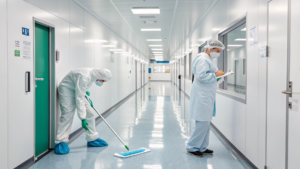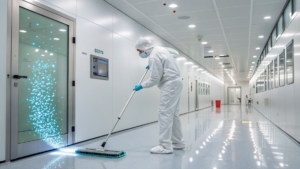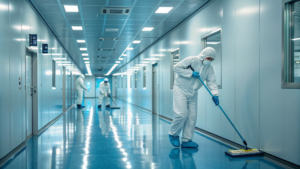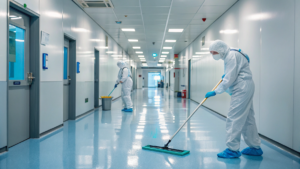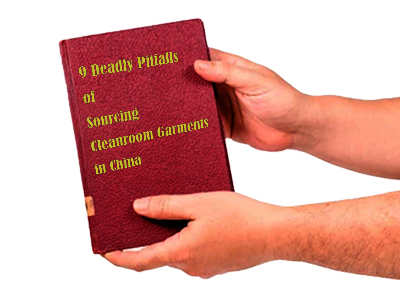
A. Attention: The Unseen Threat Lurking on Your Cleanroom Walls
In high-stakes cleanroom environments, a single particle or microorganism can compromise an entire batch, trigger regulatory audits, and jeopardize patient safety. While floors and equipment often get meticulous attention, are your wall cleaning protocols truly up to par? Inadequate wall cleaning, or the use of sub-optimal mops, presents a silent but significant risk, capable of undermining your entire contamination control strategy. Are you confident your current wall cleaning mop system aligns with the stringent demands of ISO 14644, EU GMP Annex 1, and USP <797>/<800>?
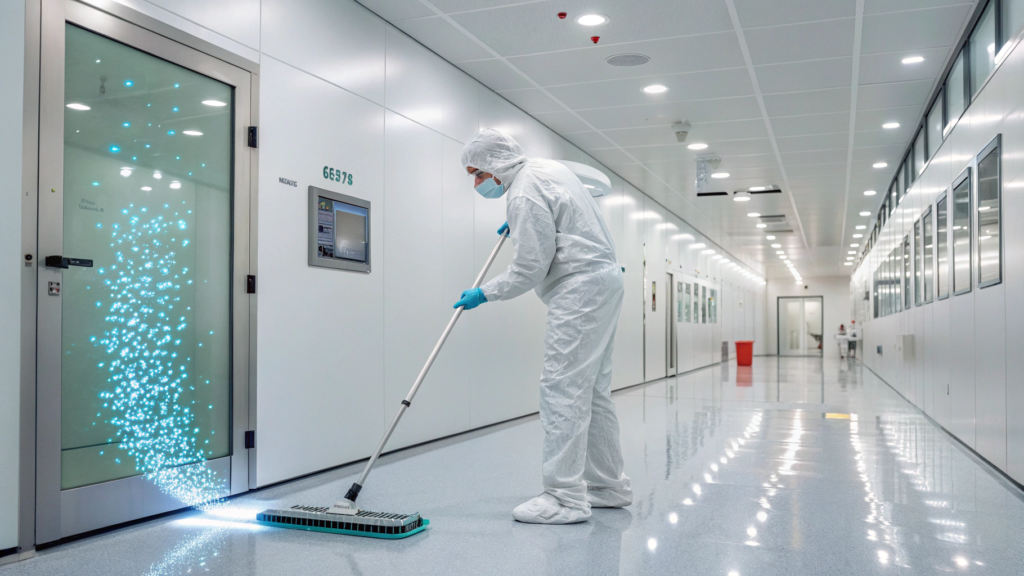
These critical standards, including the globally recognized ISO 14644-1:2015 for cleanroom classification, the comprehensive EU GMP Annex 1 for sterile medicinal products (effective August 2023), and the United States Pharmacopeia’s stringent Chapters <797> and <800> for sterile and hazardous drug compounding (officially applicable November 2023), each place significant emphasis on maintaining the integrity of all cleanroom surfaces. Overlooking the crucial role of your wall cleaning mop in achieving and sustaining this compliance can lead to unexpected breaches and costly consequences.
B. Interest: Beyond Just “Clean” – Achieving Sterile Wall Integrity
Maintaining sterile wall integrity is a complex challenge, demanding more than just visual cleanliness. The right wall cleaning mop isn’t merely a tool; it’s a critical component of your contamination control strategy. Without it, you risk particle generation, microbial shedding, and ineffective residue removal – all direct pathways to non-compliance. Your choice of mop, its material, design, and compatibility with disinfectants, directly impacts your ability to meet rigorous industry standards. This isn’t just about cleaning; it’s about achieving and maintaining a validated, controlled environment that safeguards your product and reputation.
The revised EU GMP Annex 1, with its mandatory Contamination Control Strategy (CCS), underscores a holistic approach to preventing contamination. This strategy extends beyond air filtration and personnel gowning to every surface, including walls. Similarly, USP <797> mandates monthly cleaning for walls and ceilings in compounding environments, while USP <800> emphasizes smooth, non-porous wall surfaces designed to withstand frequent, robust cleaning and exposure to powerful agents used for hazardous drug handling. Therefore, selecting a wall cleaning mop that supports these multifaceted requirements is not just good practice—it’s essential for unassailable compliance and operational excellence.
Frequently Asked Questions
Why is selecting the right wall cleaning mop critical in cleanroom environments?
Selecting the right wall cleaning mop is critical because inadequate wall cleaning or using sub-optimal mops poses a significant risk to cleanroom compliance, potentially leading to particle generation, microbial shedding, and ineffective residue removal. This can compromise product batches, trigger regulatory audits, and jeopardize patient safety by undermining the entire contamination control strategy. Maintaining sterile wall integrity demands more than just visual cleanliness; the mop is a crucial component for achieving a validated, controlled environment.
What regulatory standards govern wall cleaning mops in cleanrooms?
- EU GMP Annex 1 (rev. 2023): Requires a documented Contamination Control Strategy (CCS), validated cleaning/disinfection, disinfectant rotation, residue management, and use of sterile, low-lint tools in Grade A/B areas.
- USP <797> (sterile compounding): Requires defined cleaning frequencies (e.g., walls/ceilings at least monthly) and low-lint, compatible materials; disposable sterile options preferred in higher-risk zones.
- USP <800> (hazardous drugs): Surfaces must be smooth, non-porous, non-shedding, and withstand frequent robust cleaning/decontamination; procedures must be risk-based and documented.
- ISO 14644 series: -1/-2 (classification/monitoring) set the environmental targets; -5 Operations and -13 Cleaning of surfaces provide expectations for cleanability, methods, and verification; -9 addresses surface particle cleanliness.
- Local cGMP/Quality Systems: FDA/EMA expectations, site SOPs, and quality risk management (e.g., ICH Q9) govern validation, change control, and supplier qualification of cleaning tools.
What key features should a cleanroom wall cleaning mop possess for compliance?
- Materials: Low-lint, non-shedding (e.g., cleanroom microfiber or polyester) with sealed edges to minimize fiber release.
- Compatibility: Chemically compatible with common disinfectants/sporicides; validated for residue removal without smearing.
- Sterility: For aseptic areas, sterile (e.g., gamma-irradiated, SAL 10^-6) with lot traceability and certificates.
- Ergonomics & Coverage: Lightweight frames, articulated heads for vertical surfaces/ceilings, hands-free head change to reduce touch points.
- Fluid Management: Uniform application without dripping; options for pre-saturated or measured dosing to standardize wet time/contact time.
How do USP <797> and USP <800> specifically address wall cleaning in cleanrooms?
USP <797>: Requires defined frequencies (e.g., walls/ceilings at least monthly) and use of low-lint, preferably synthetic microfiber; disposable, sterile implements are preferred for higher-risk zones to reduce cross-contamination.
USP <800>: For hazardous drug handling, walls must be smooth, non-porous, non-shedding, and durable for frequent, robust cleaning with deactivation/decontamination agents; avoid recesses that cannot be effectively cleaned.
What is the significance of the EU GMP Annex 1 for cleanroom wall cleaning mops?
The revised EU GMP Annex 1 (effective Aug 2023) mandates a holistic CCS that explicitly covers all cleanroom surfaces, including walls. It expects sterile, low-lint, chemically compatible tools in Grade A/B, validated disinfectant rotation, and documented residue removal to support a reproducible, validated state of control.
Should single-use or reusable mops be used for cleanroom wall cleaning?
Both are viable; choose via risk assessment by grade and process:
- Single-use: Pre-validated cleanliness/sterility, consistent performance, reduced cross-contamination risk—ideal for critical areas.
- Reusable: Requires validated laundering (soil removal, residue control, fiber integrity) and defined life cycles; cost-effective in less critical grades when controls are robust.


